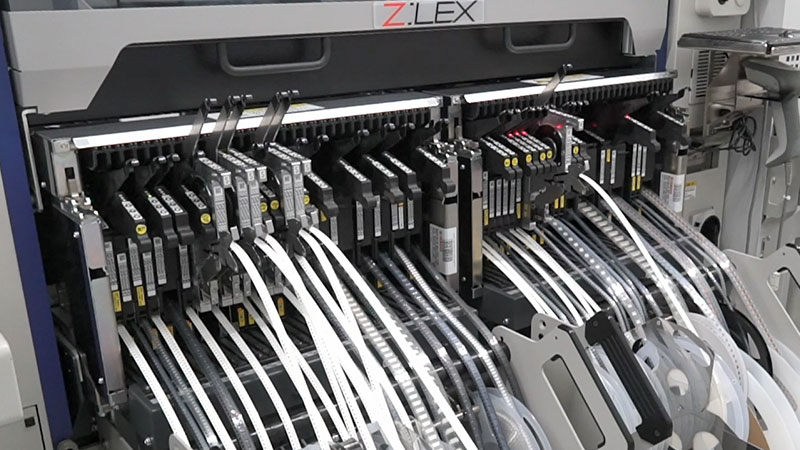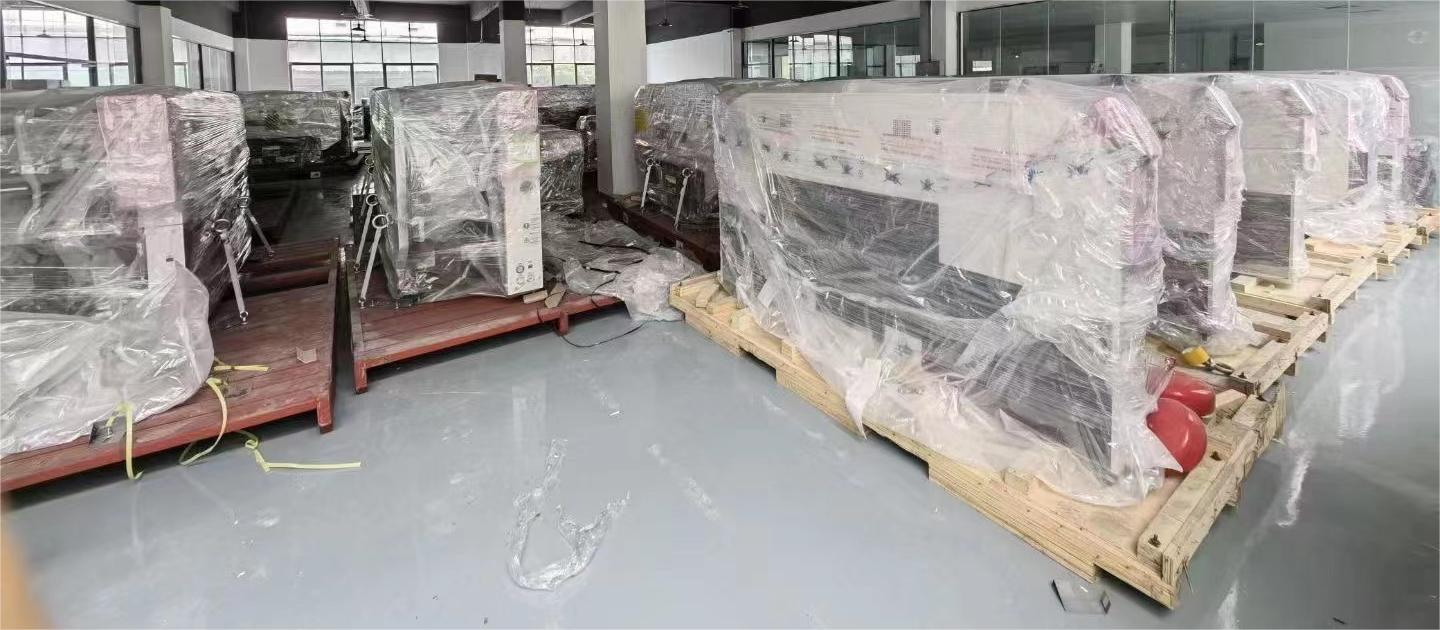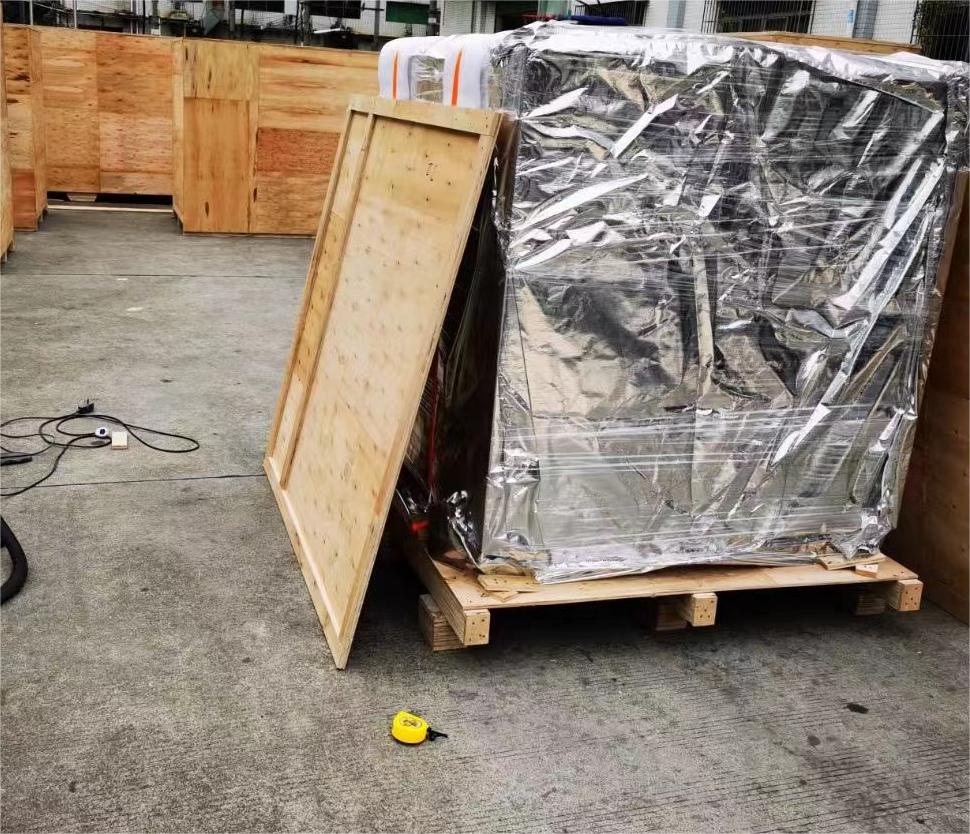The international shipping situation is changing rapidly. Will Chinese foreign trade and transportation impact our SMT PCB Assembly electronic manufacturing industry? As traditional waterways may become “high-risk routes,” what new changes are taking place on trade routes?
The Houthi attacks in waters leading to the Suez Canal, a chokepoint for about 10 percent of global trade, have forced many shipping companies to divert their vessels.
Companies have ordered their ships to hold in place and not enter the Bab el-Mandeb Strait at the southern end of the Red Sea until the security situation can be addressed.

On the official website of the German shipping giant Hapag-Lloyd on the 22nd, the status of ships that frequently appeared on the real-time information page of the Red Sea-Suez Canal waters showed that they were bypassing the Cape of Good Hope. Due to concerns about Yemen’s Houthi armed forces attacking ships, since late December, the Bab el-Mandab Strait, the “choke for international shipping”, has become a dangerous sea area that the world’s major shipping companies are trying to avoid.
The British “Guardian” reported on the 21st that more than 100 container ships have already detoured around the Cape of Good Hope, adding a lot of time and transportation costs to Eurasian trade.
The Red Sea channel crisis has a greater impact on shipping from Yiwu to Europe.
“The price of shipping a container has now more than doubled compared to last month. Initial is about 1,000 USD, but now it soared to more than 3,000 USD, Moreover, there may not be space available.”

Jin Lixian, executive director of the Yiwu International Chamber of Commerce and Yiwu International Freight Forwarding and Logistics Association, said that besides rising freight prices, another obvious impact is that shipping schedules have been greatly extended.
Many cargo ships cannot pass through the Red Sea, have to be stranded on the high seas, and cannot move.
“Now if the shipping schedule again, we must go around the Cape of Good Hope in Africa. This route will increase 15 days from the original Suez Canal shipping schedule.”
Rising freight rates, extended shipping schedules, and delayed delivery dates have put a certain amount of pressure on foreign trade. So do we have other routes to transport goods to Europe instead of the Suez Canal route?

There are three main Asia-Europe shipping routes: the Bab el-Mandeb Strait, the Cape of Good Hope, and the Arctic route.
Currently, the Arctic route is not navigable due to winter; changing the Cape of Good Hope route will cost hundreds of thousands to hundreds of thousands of dollars in fuel costs, as well as more than ten days.
For this reason, we recommend that customers purchase large quantities of goods and arrange orders one month in advance to avoid delaying production.
In addition to sea transportation, China-Europe freight trains have become another option for us.
Urgent orders from SMT feeders from European customers are transported by rail. “The transportation cost of China-Europe freight trains is a little more expensive than sea freight, but it also has its advantages, that is, the transportation time is faster than sea freight.”
It takes almost 26 days for goods to reach Poland by sea. Now it takes about 10 days longer to go around the Cape of Good Hope. However, it usually takes about 16 days to reach the destination by China-Europe Express.
No matter how difficult it is, we always have a way to solve it. There are always more solutions than difficulties!















